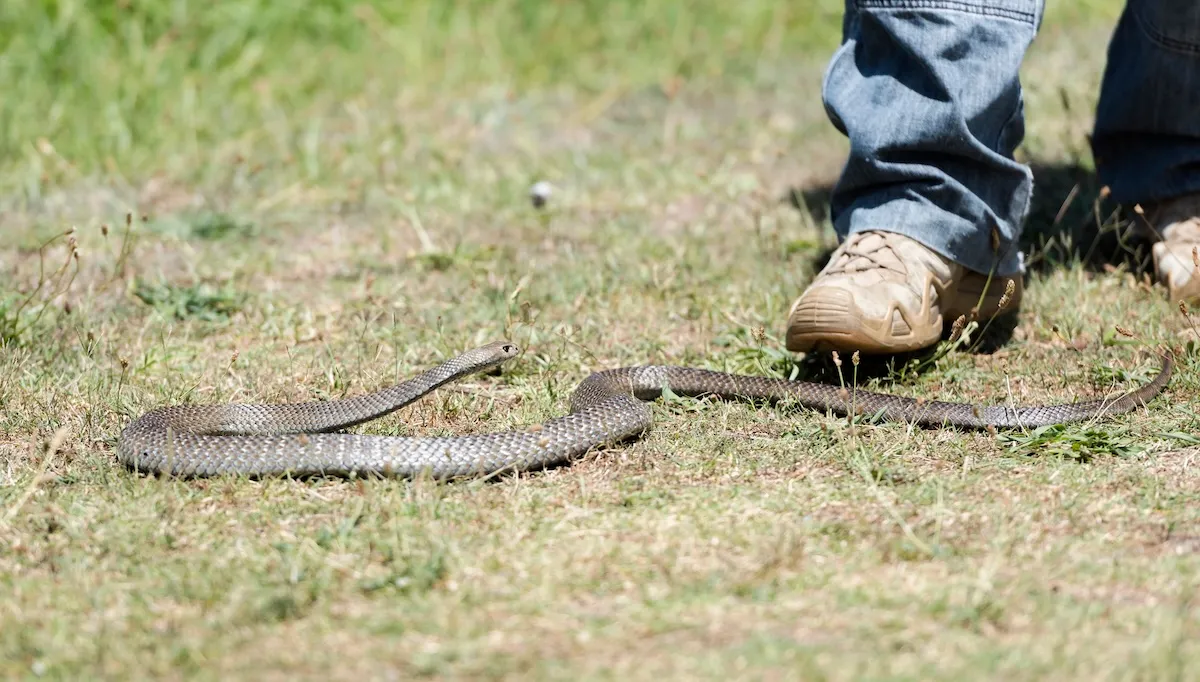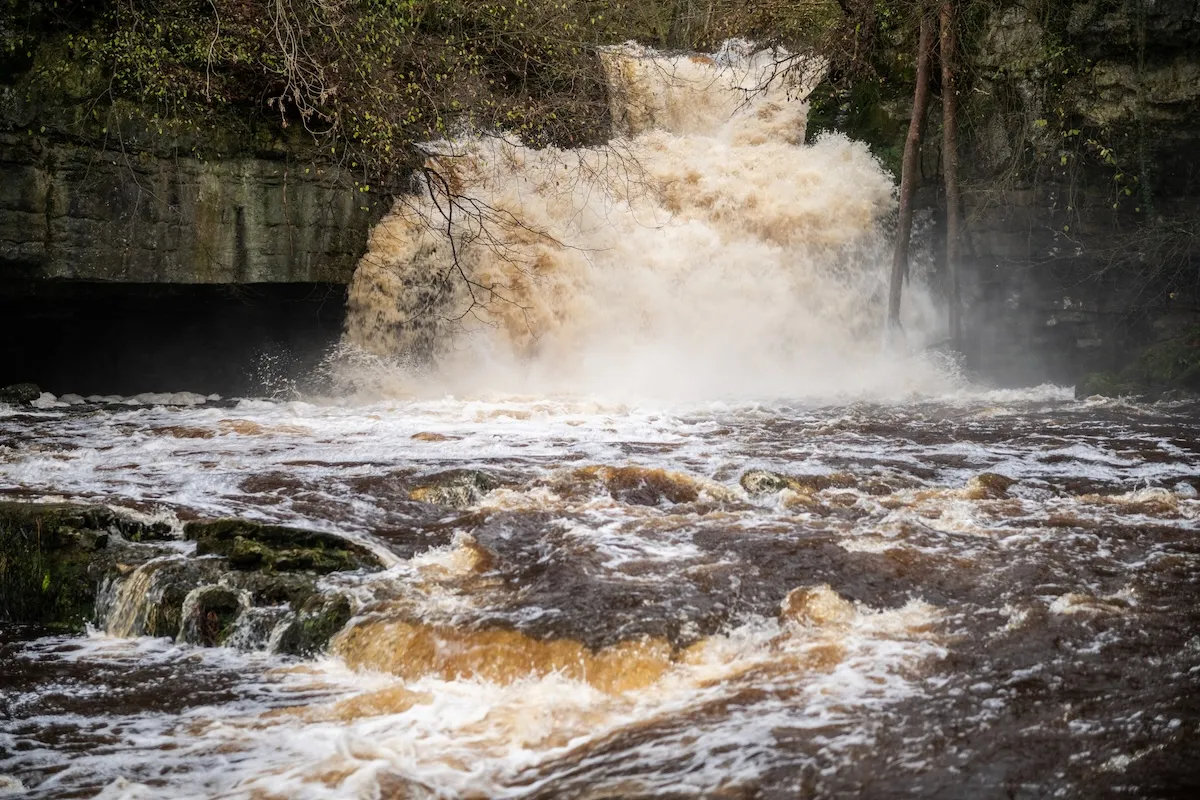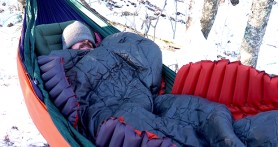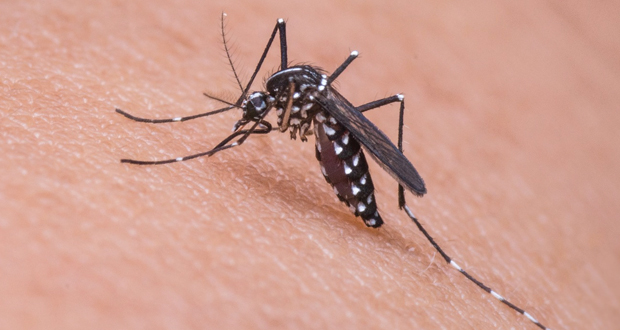

We’ve all grown up using DEET. You’d be hard pressed to find a camp box that that doesn’t have at least one can of OFF. In fact, it’s more likely that you find two or three: regular OFF, family OFF for the beach, and Deep Woods OFF for when things get serious. DEET has it’s drawbacks though, so you’ll be happy to know that a serious competitor is emerging: Picaridin
Videos by Outdoors
Picaridin (originally known as Icaridin) was invented by Bayer in the 1980s. It is made from a plant extract from the genus Piper, the same plant genus that produces table pepper. Interestingly enough, capuchin monkeys have been rubbing the piper plant on their fur as a natural bug dope forever. Picaridin has been available commercially in Europe and Australia since 1998 and finally hit the United States in 2005. For some reason, it took almost another five years to start gaining recognition. DEET is as synonymous with the outdoors as a picnic table, and Picaridin has had an uphill battle. I believe that will soon change, and here’s why.
Why I Like Picaridin vs. DEET
With any bug dope, we have to start with effectiveness. You can keep your lemon eucalyptus mist. If I’m serious about repelling mosquitos, it’s Deep Woods OFF, and I won’t be told otherwise. I first heard about Picaridin by reading that it’s preferred by many in Australia. Not a week later I was walking through the hardware store and there it was – 12 Hour Picaridin from Sawyer. I was headed to the cabin that weekend and excited to try it. When I arrived and sprayed it on my first thought was “This doesn’t smell like anything. Why would it work?”
Well, it just does.
My wife and I were blown away by how well it worked.
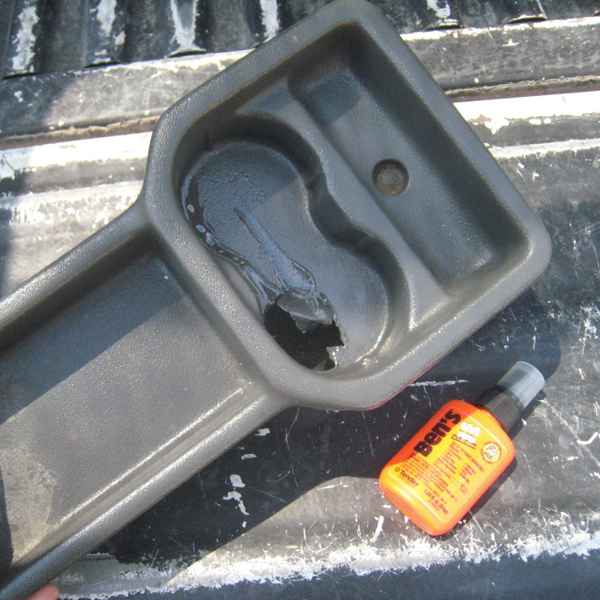
According to the World Health Organization, Picaridin “demonstrates excellent repellent properties comparable to, and often superior to, those of the standard DEET.”
5 Reasons I Think Picardin Will Be A DEET Killer
- Picaridin is completely safe on plastics and synthetic materials, whereas DEET will deteriorate them. DEET can ruin your plastic eyeglasses forever, which sucks.
- Picaridin is odorless and non-greasy, so you don’t end up bringing a bunch of stinky, sticky clothes home from the campsite. Did I mention that it’s odorless?
- Picaridin is listed as “practically nontoxic”, per this EPA Fact Sheet. It simply forms a barrier on the skin, whereas DEET is absorbed and can easily enter the bloodstream. Here’s a comment from a forum that stuck with me, “I’ve read all that stuff about DEET not being harmful. My rule is that if it can melt my hiking gear, then it probably is not real good for me. So I look for reliable and effective alternatives.”
- Picaridin is biodegradable. DEET has accumulated to a measurable level in some bodies of water.
- Research has shown that a Picaridin concentration of 20% provides the same protection as a similar DEET concentration. DEET becomes more effective at concentrations above 30%, but also potentially more harmful for some people. Note that the Sawyer lotion provides even longer protection than the spray (14 hours).

